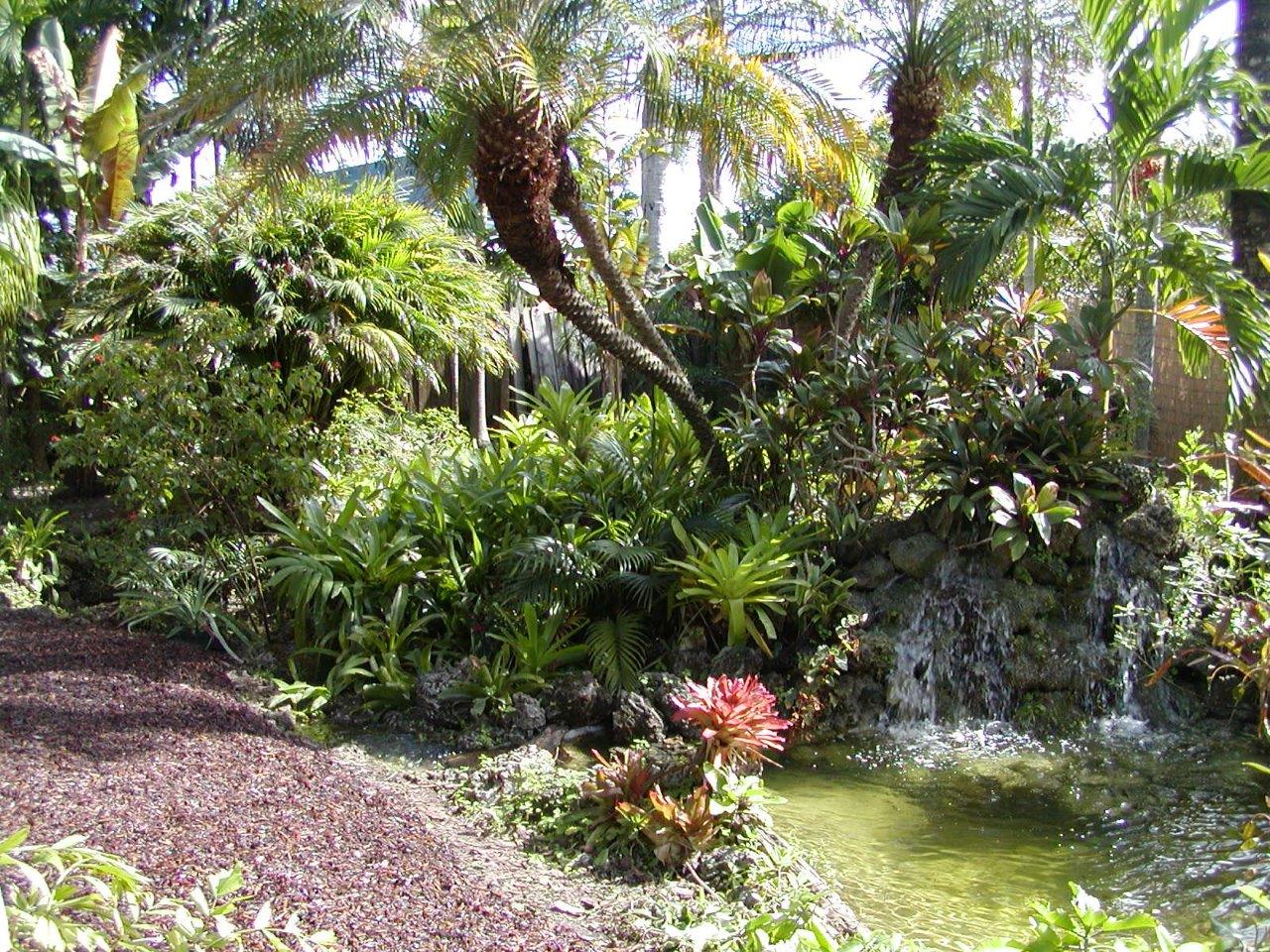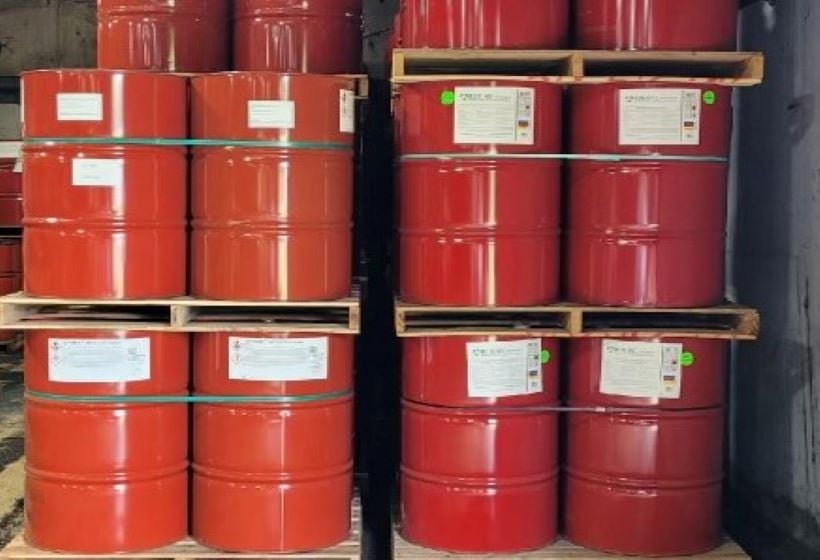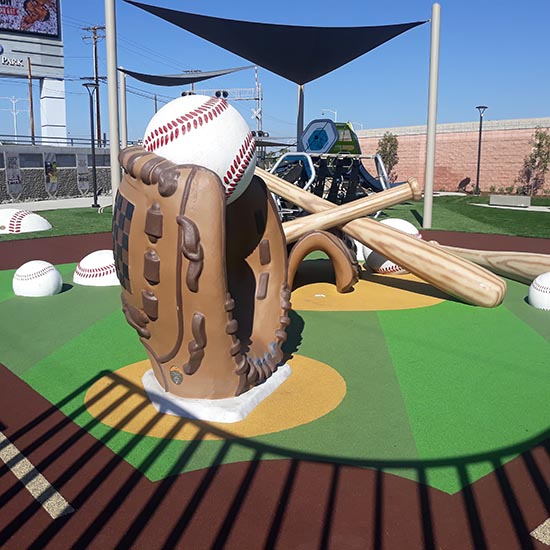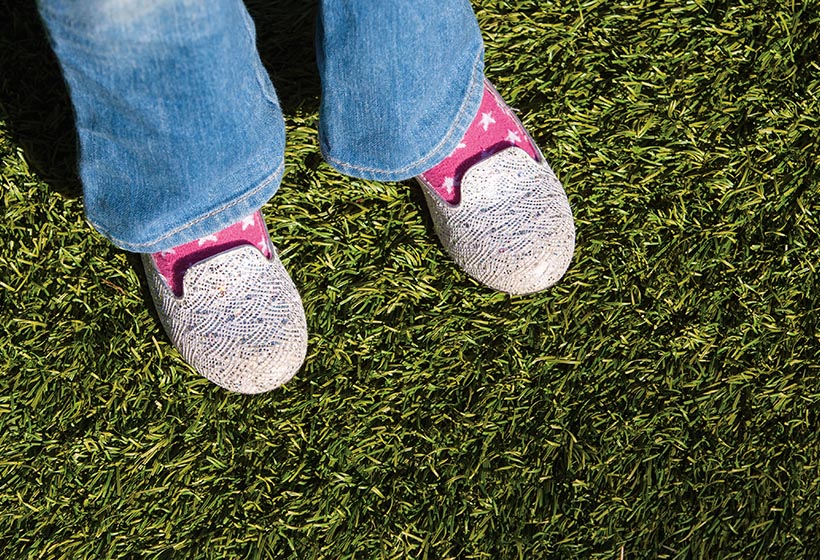A playground surface that lies under and around swings, slides, monkey bars, and other playground equipment at schools, parks, recreational areas, and other play areas is a key contributor to safer activity. Playground surfaces can present a host of challenges if a professional, properly installed sub-base is not prepared prior to the surfacing installation.
Without careful planning, playgrounds are susceptible to several inherent issues, such as deterioration over time as well as natural issues, which are a growing concern due to climate change. Major cities such as London and New York are currently combating this issue with the Mayor of New York dedicating nearly $9.5 million dollars towards tackling the ongoing crisis of playground safety in 2018. A significant factor relating to countering flooding and other nature-related issues begins from the ground up by implementing the correct surfaces tailored to each specific playground.
It is extremely important to utilize professional construction crews and installers for proper, sufficient sub-base and playground surfaces. Insufficient preparations before the surfacing is installed can present a host of problems including, but not limited to, premature cracks, potholes, and crumbling.
Correct analysis and implementation of playground sub-base not only provides elevated safety and protection from natural issues and issues commonly associated with maintaining a playground but also proves to be cost-effective in the long run as correct surfacing measures secure the future of the playground.
Poured in Place Rubber (PIP) surfacing is currently one of the leading surface technologies for playgrounds. PIP is a seamless, accessible surface system that provides for a safe and comfortable play area which overall lowers the risk of injury from falls, excludes any toxic hazards, lowers risk of flooding and remains compliant longer.
The first step is ensuring that the lower subgrade (sub-base) level is appropriate for your surfacing system. For PIP surfaces, we recommend one of three options: concrete, asphalt, or compacted aggregate. Correctly prepared sub-bases facilitate effective binding and overall ensuring an optimal surface; each imperfection in the sub-layers translate to the final PIP layer at the top.
Concrete sub-bases are reliable because they are sturdy and easily flattened. Rubber and urethane mixes will adhere to concrete easily for secure installations. Best practice for concrete sub-base under PIP surfaces is a minimum of 3-4” at a minimum of 2500 PSI (pounds per square inch). Curing times may vary based on weather conditions but generally, it is recommended that the concrete cure for 7-28 days prior to surfacing installation.
One alternative to concrete is asphalt. Asphalt, a common mixture of dark bituminous pitch with sand or gravel, will also allow for a secure installation and adhesion to the safety surface. It is recommended that an asphalt sub-base should be cured for a minimum of 14 days and pressure washed prior to cushion layer installations
Most commonly, construction crews will install compacted aggregate, structurally compacted gravel, for a sub-base. This is due to cost, drainage capacity, and the lack of curing times before it is ready. Proper specifications for a compact aggregate under a poured rubber playground surface is, at minimum, four inches which is installed at two stages to provide maximum benefit. Essentially, for a four-inch aggregate, translates into an initial two inches of aggregate which is then treated and compacted, followed by another two-inch layer of aggregate which is also treated and compacted. The aggregate should be 3/4" minus irregular stone with fines compacted to 95% in 2" watered lifts. Stones and rocks that present the best results are a combination of #57 stone with fines or ¾’’ rock, as same sized materials do not compact well and leads to void which lowers the quality of the finish.
All aspects of the sub-base layers are critically important, as ultimately all finish surfacing materials will be influenced by the flatness, stability, slope, grade and the ebbs and flows of the lower layers. New construction projects offer a great start for any project. For projects that already have a sub-base, reuse of an existing sub-base is possible if the existing base is without major faults. It is not recommended to install over large cracks as it will lead to issues in the future.
Turning towards the finishing layer, ensure that the aggregate is correctly set, and all considerations are given as to correctly facilitate the PIP (such as height, thickness, density, local natural concerns such as rain, sun, etc.). PIP thickness can vary and is often determined by the maximum critical fall height needed for each location. As a general point of guidance, it is best practice for finished grade of rock to be three inches below the top of the curb for new 3” PIP to be flush.
Prior to placing the PIP, the aggregate should be further compacted to ensure a smooth surface that is as flat as possible, ideally while maintaining a 2% slope. Once all checks have been confirmed, the PIP is ready to be professionally poured in and expertly finished.
PIP combats flooding and enables playgrounds to be functional for longer periods of time especially during wet seasons. This can be attributed to the multi-layer nature of the construction which is complemented by the porous nature of PIP. Depending on the specifications and location, we can recommend appropriate drainage measures to be taken. Options such as concrete slabs with french drains, concrete sub-base and correctly using perimeter curbing can facilitate the minimization of the water in playgrounds while simultaneously allowing water to be optimally drained out.
The end result is a highly durable, permeable, slip-resistant surface providing cushioned comfort. PIP does not move or shift around which removes concerns relating to filling areas, replacing mulch, or fixing torn tiles. PIP surfacing is one of the most versatile, durable, and visually attractive surfacing options available. The typical lifetime of PIP surfacing ranges up to 10 years, depending upon use.
PIP is also time-effective as it can be easily cleaned without the need for any chemicals, only requiring sweeping or a simple leaf blower and the occasional hosing down to optimally maintain its quality and maintain health and safety standards for the children using the playground.
Understanding and utilizing correct surfacing can alleviate a host of risks, ensure safer play for children, and enhance health and safety measures that are met to standard. Proper surfacing and sub-base installation can help prevent potential expensive injury-related legal costs while simultaneously creating a more attractive space that is made for longevity.
At Robertson Recreational Surfacing we can help you choose the right playground sub-base to fit your needs. Whether it is a new project or an existing surface, let us help you choose the best options for surfacing. Get in touch with us today to get a quote.



